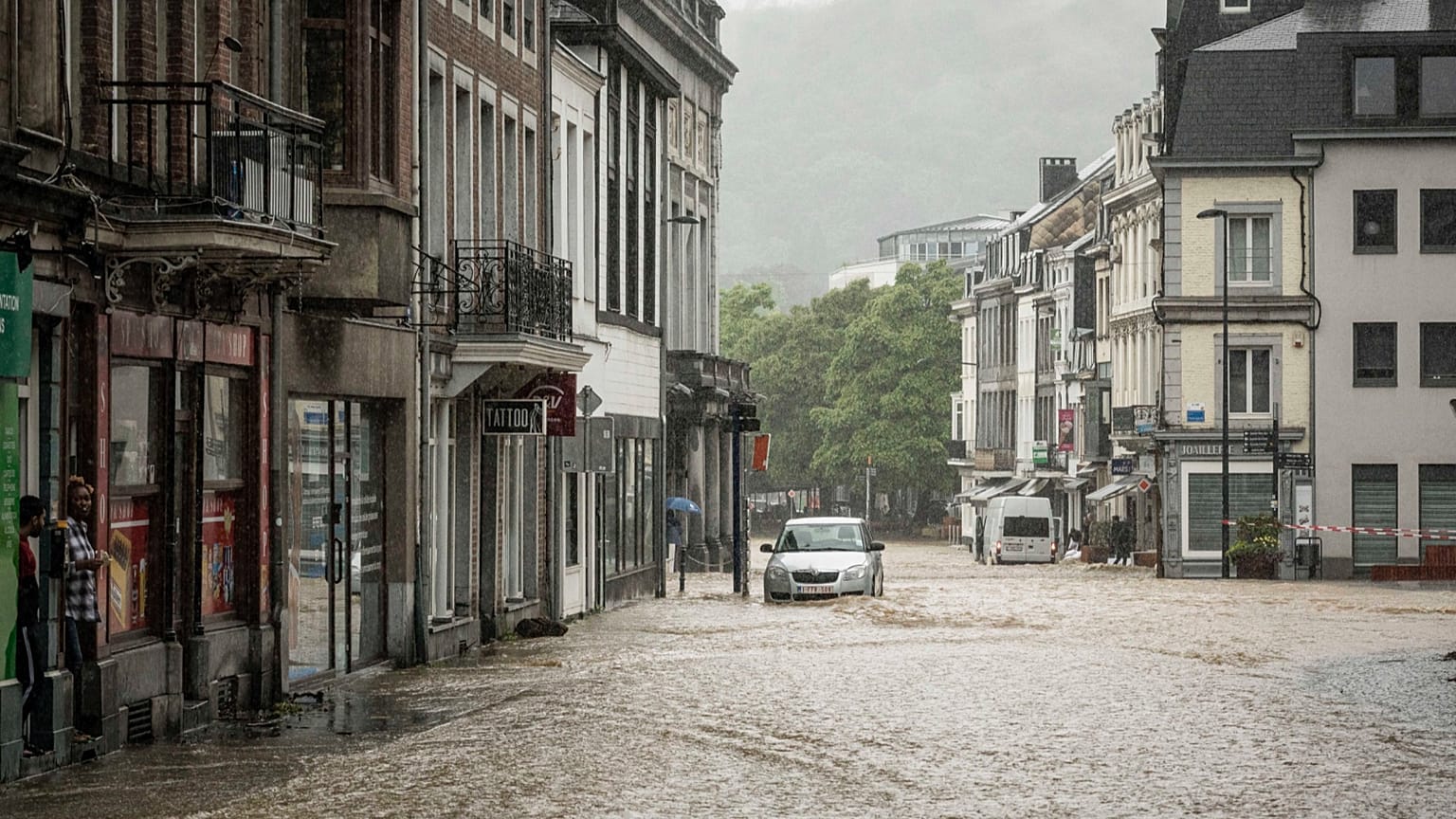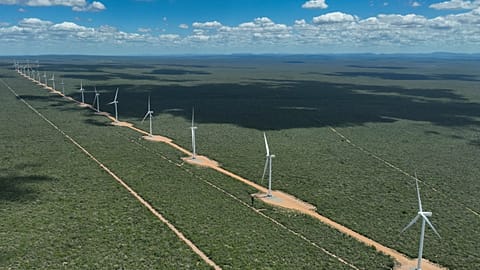Europe is being forced to foot an ever-growing bill as damage from weather and climate-related extremes exceeded €44.5 billion in recent years.
The EU has warned it “cannot afford to lower” its climate and sustainability ambitions after revealing the true cost of extreme weather damage.
A new report from the European Environment Agency (EEA) has calculated the average annual economic losses caused by climate-related events such as intense heat, floods, and drought from 1980 to 2023.
It found that worsening climate impacts could cut EU GDP by seven per cent by the end of the century, with estimated losses of €2.4 trillion from 2031 to 2050 if warming surpasses 1.5°C.
How much has extreme weather damage cost Europe?
According to the research, average annual climate-related extremes in the EU cost around €8.5 billion per year from 1980 to 1989.
This increased to €14 billion from 1990 to 1999 before hitting €17.8 billion from 2010 to 2019. From 2020 to 2023, the yearly cost reached an all-time high of €44.5 billion.
This means the average annual economic losses linked to weather and climate-related extremes during 2020 to 2023 were 2.5 times higher than the preceding decade from 2010 to 2019.
The biggest losses came from the 2021 floods in Belgium, Germany, and the Netherlands, which are believed to have caused more than €40 billion worth of damage.
In 2023, floods in Slovenia cost the country 16 per cent of its national gross domestic product (GDP).
“Particularly vulnerable areas, such as southern Europe, low-lying coastal areas and the EU’s outermost regions, are climate-risk hotspots,” the report finds.
EU must ‘accelerate’ its climate ambitions
Teresa Ribera, Executive Vice-President for Clean, Just and Competitive Transition at the EEA says the report’s findings are a “stark reminder” that Europe must stay on course and accelerate its climate and environmental ambitions.
“Recent extreme weather events show how fragile our prosperity and security become when nature is degraded, and climate impacts intensify,” she adds.
“Protecting nature is not a cost: it is an investment in competitiveness, resilience, and the well-being of citizens.”
A €126 billion bill by 2029
Researchers warn the cost of Europe’s extreme weather will only get worse, leaving a €126 billion dent in the EU’s economy by 2029 if things don’t change.
Last month, a study led by Dr Sehrish Usman at the University of Mannheim in collaboration with European Central Bank (ECB) economists found that extreme events such as heatwaves, floods, and drought impacted a quarter of all EU regions this summer.
These occurrences have generated short-term economic losses of at least €43 billion this year, and amounted to 0.26 per cent of the EU’s economic output in 2024.
Usman explains that the “true cost” of extreme weather “surfaces slowly” as they impact people’s lives through a “wide range of channels that extend beyond the initial impacts”.
Economic losses hit Mediterranean countries - where there is a higher risk of drought and scorching temperatures - the hardest.
Italy suffered the biggest economic downfall in the study, with projected losses surpassing €11 billion in 2025, and a forecast of €34.2 billion by 2029. France closely followed with a €10.1 billion and €33.9 billion loss, respectively.


















